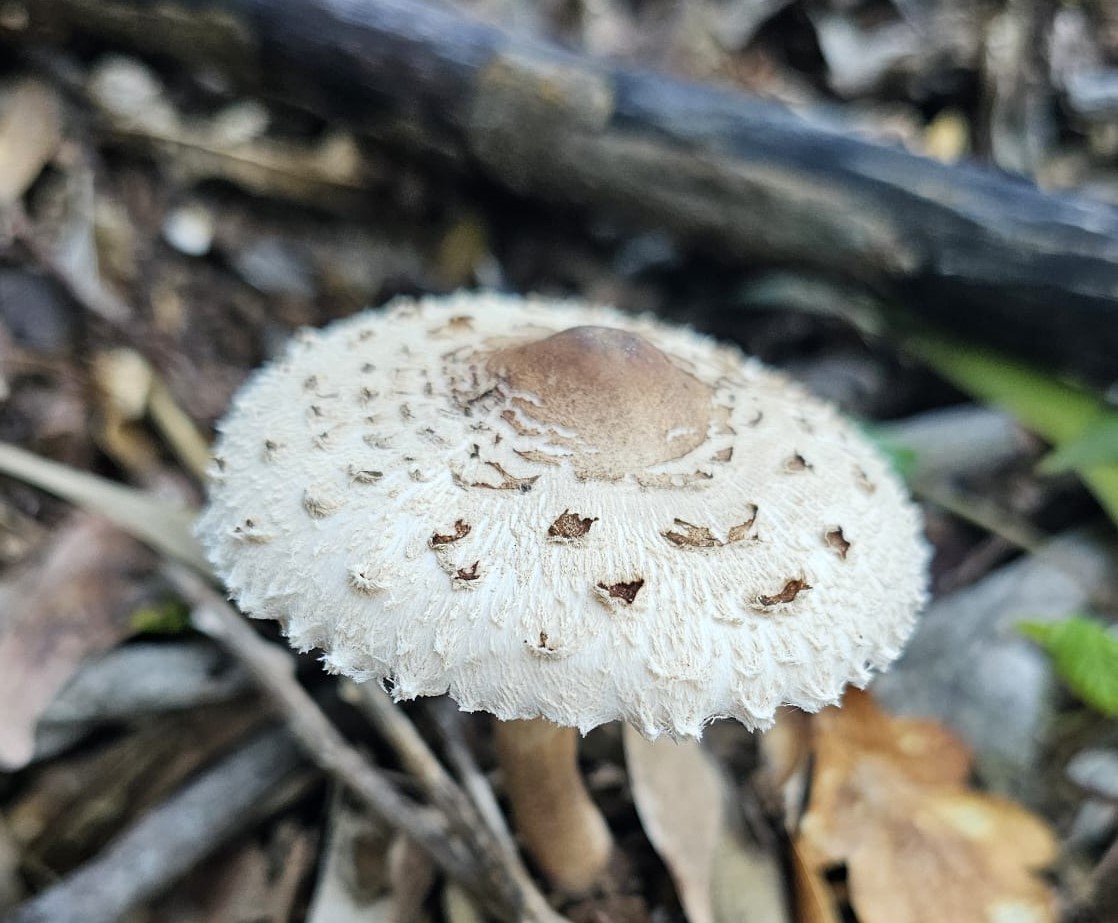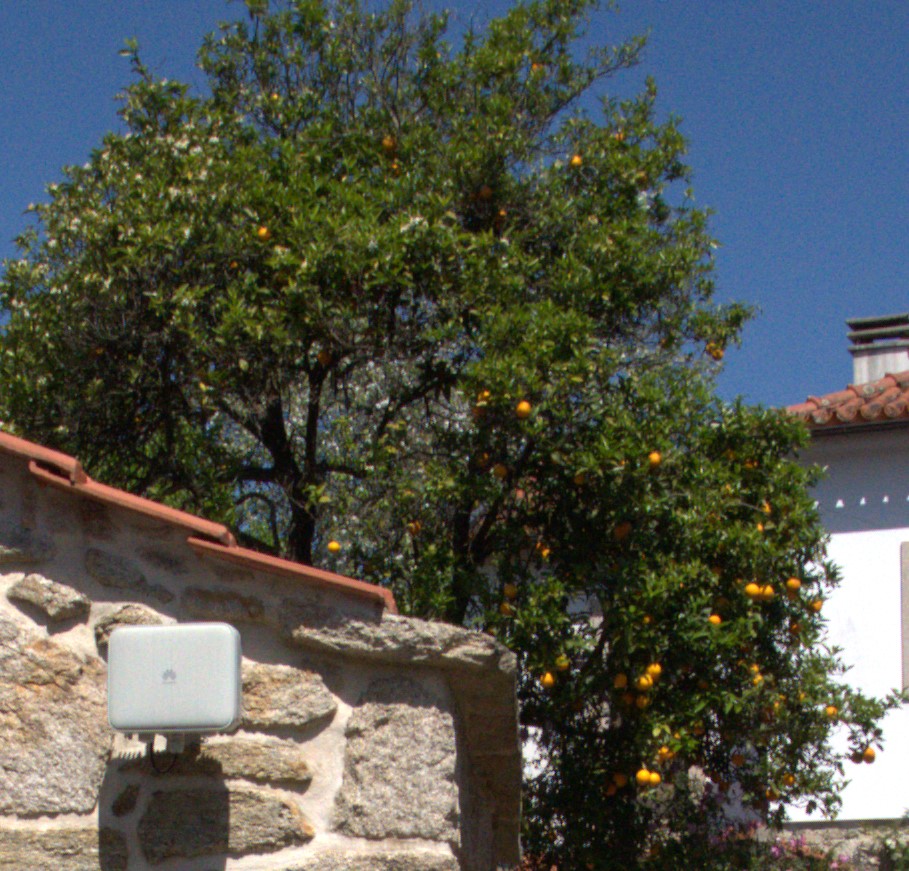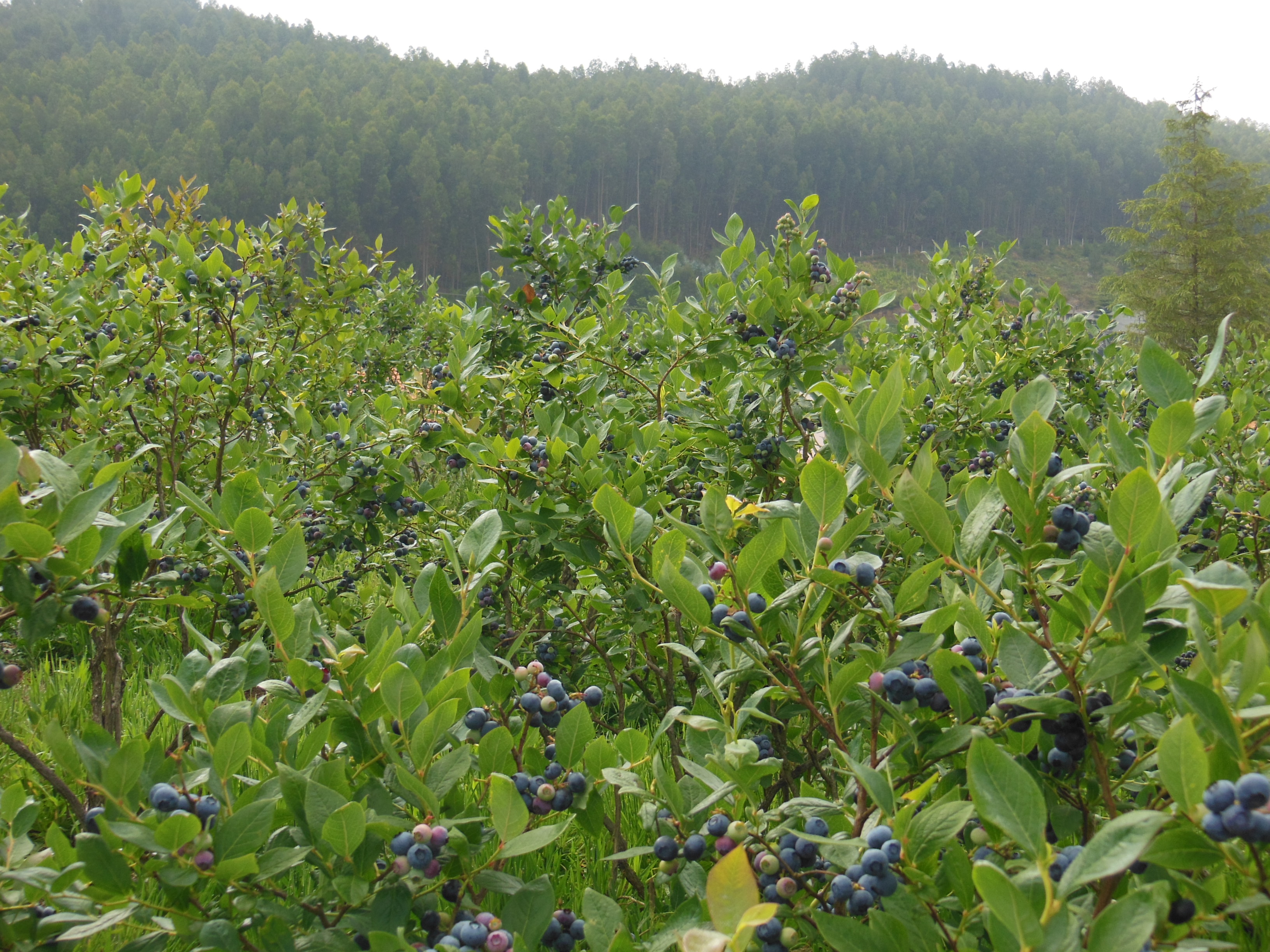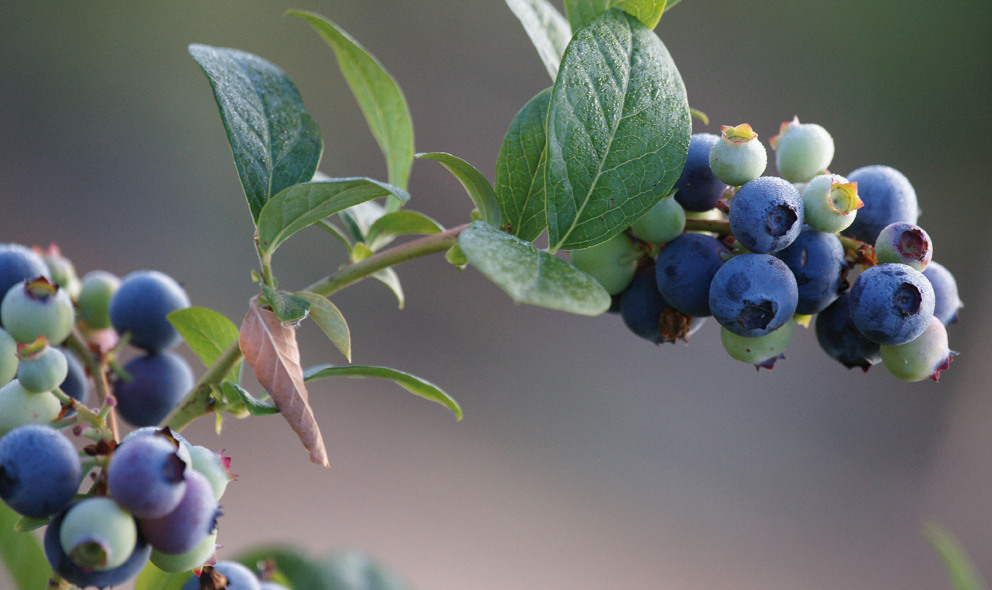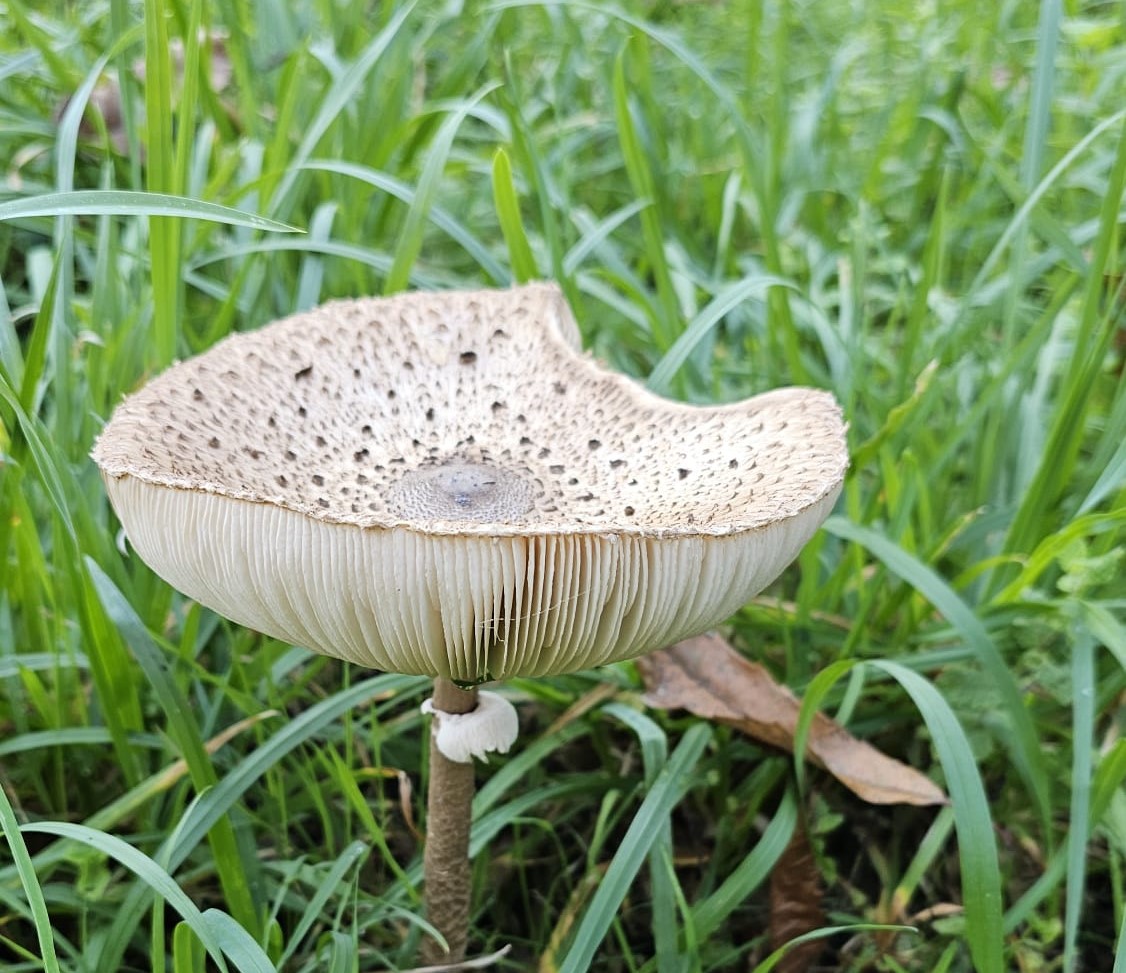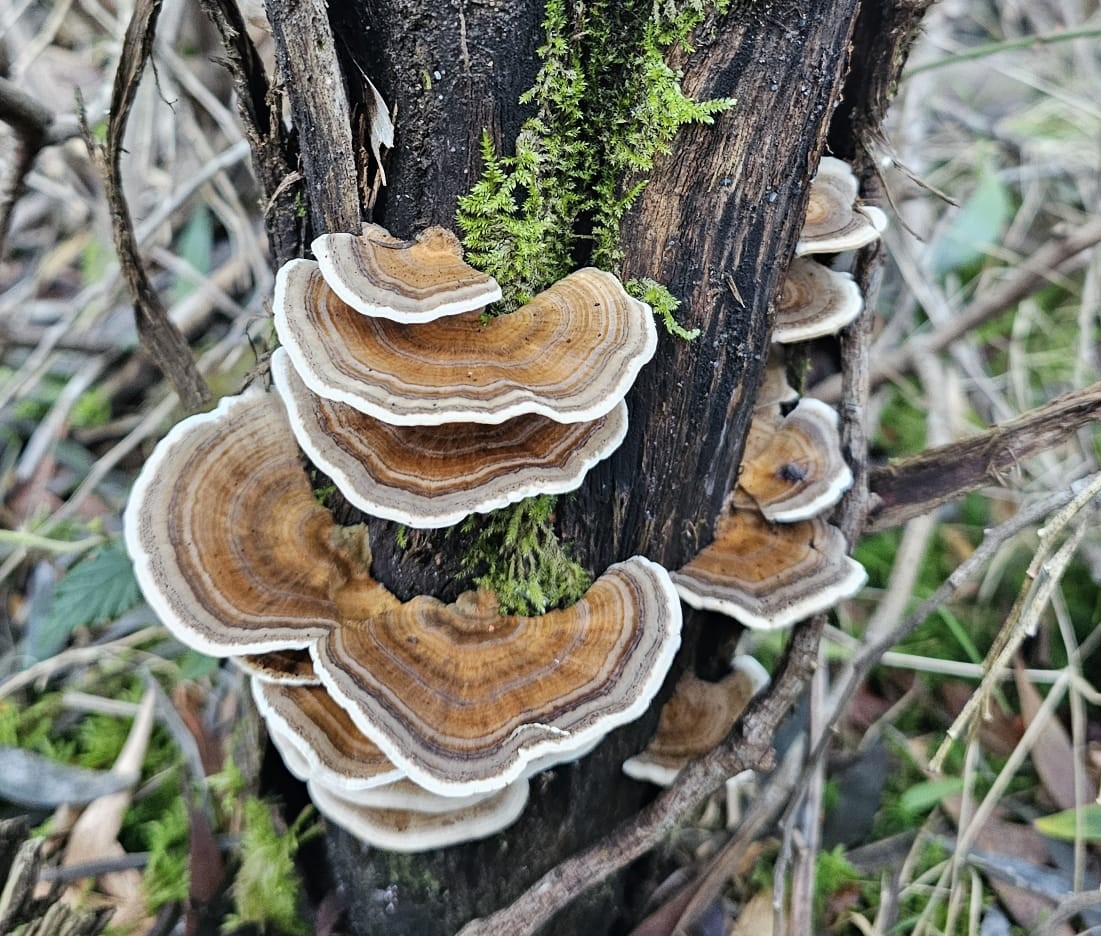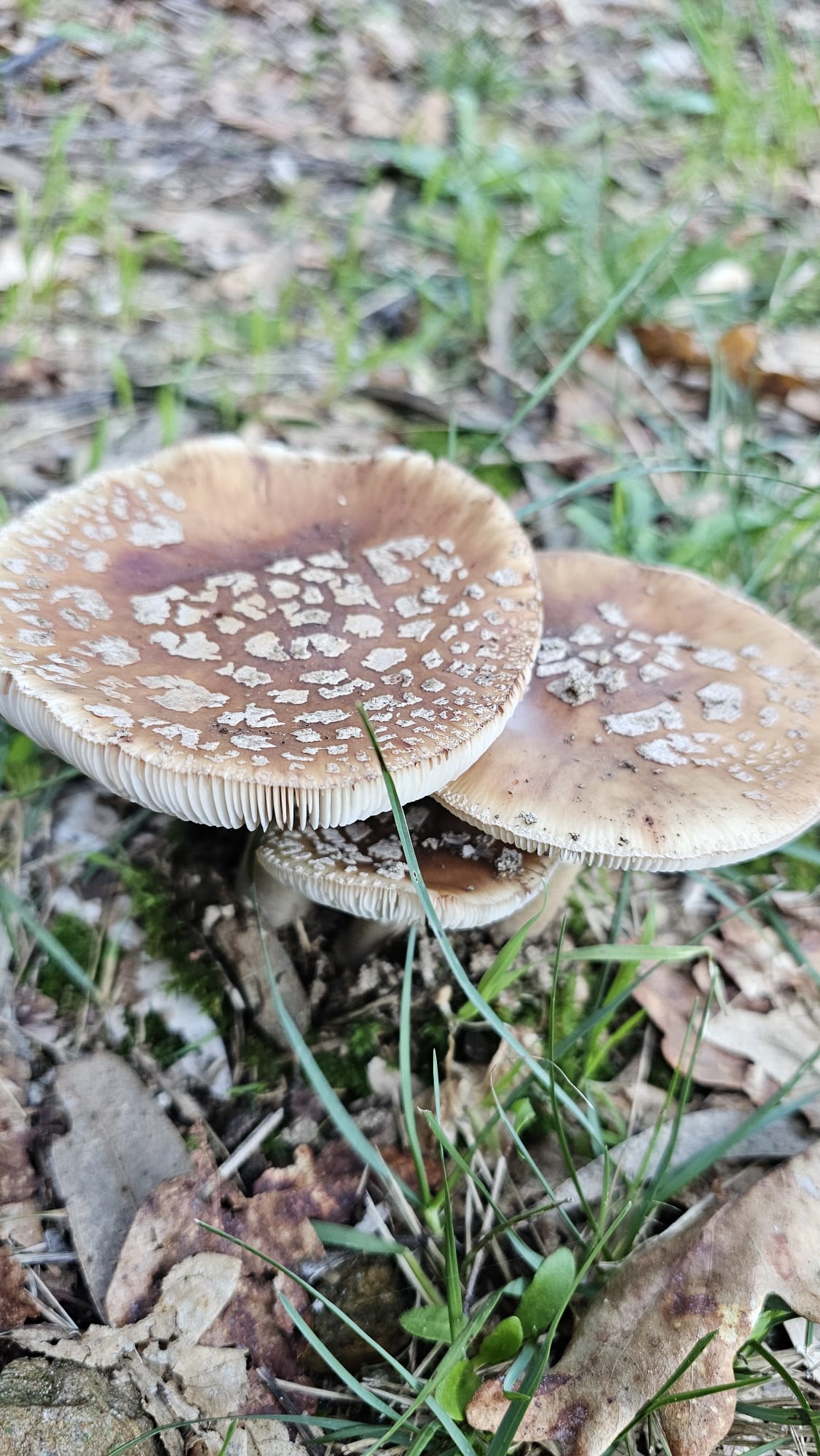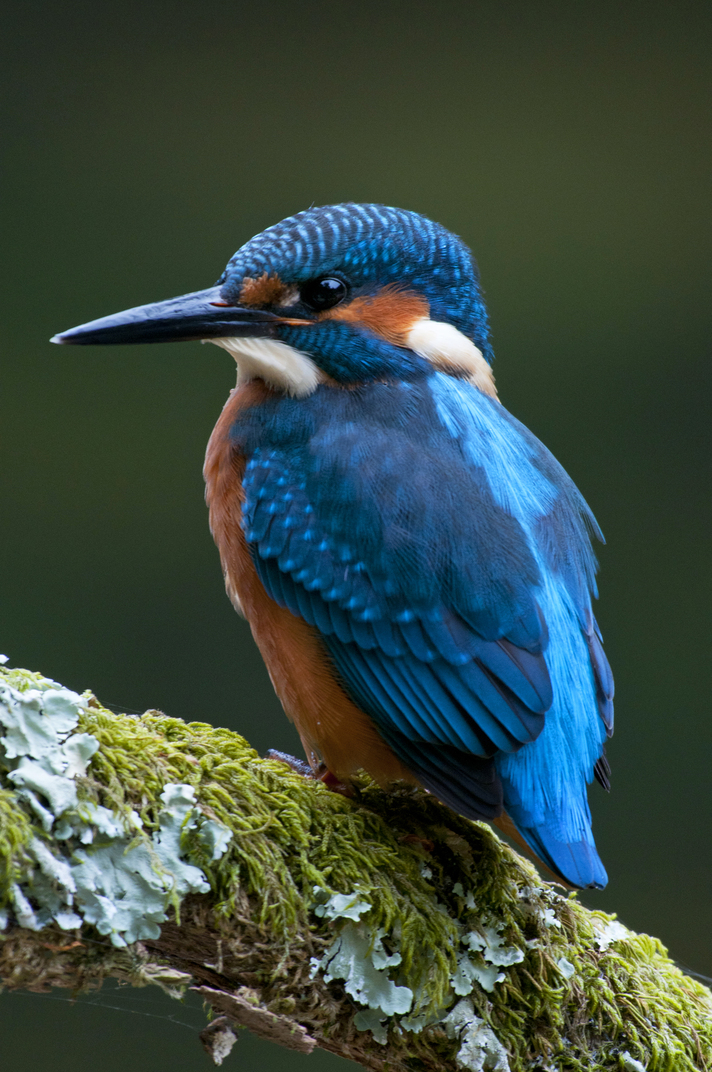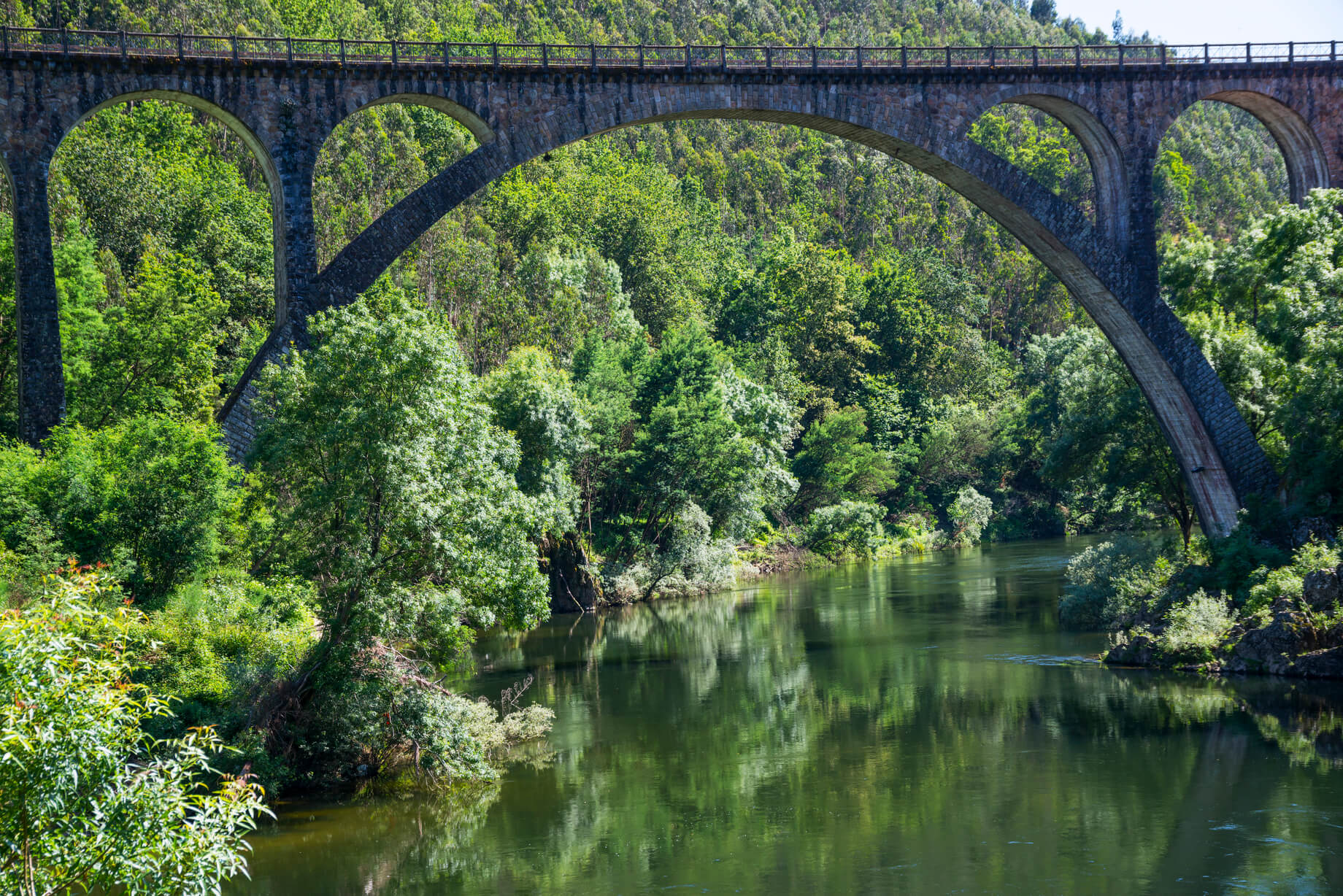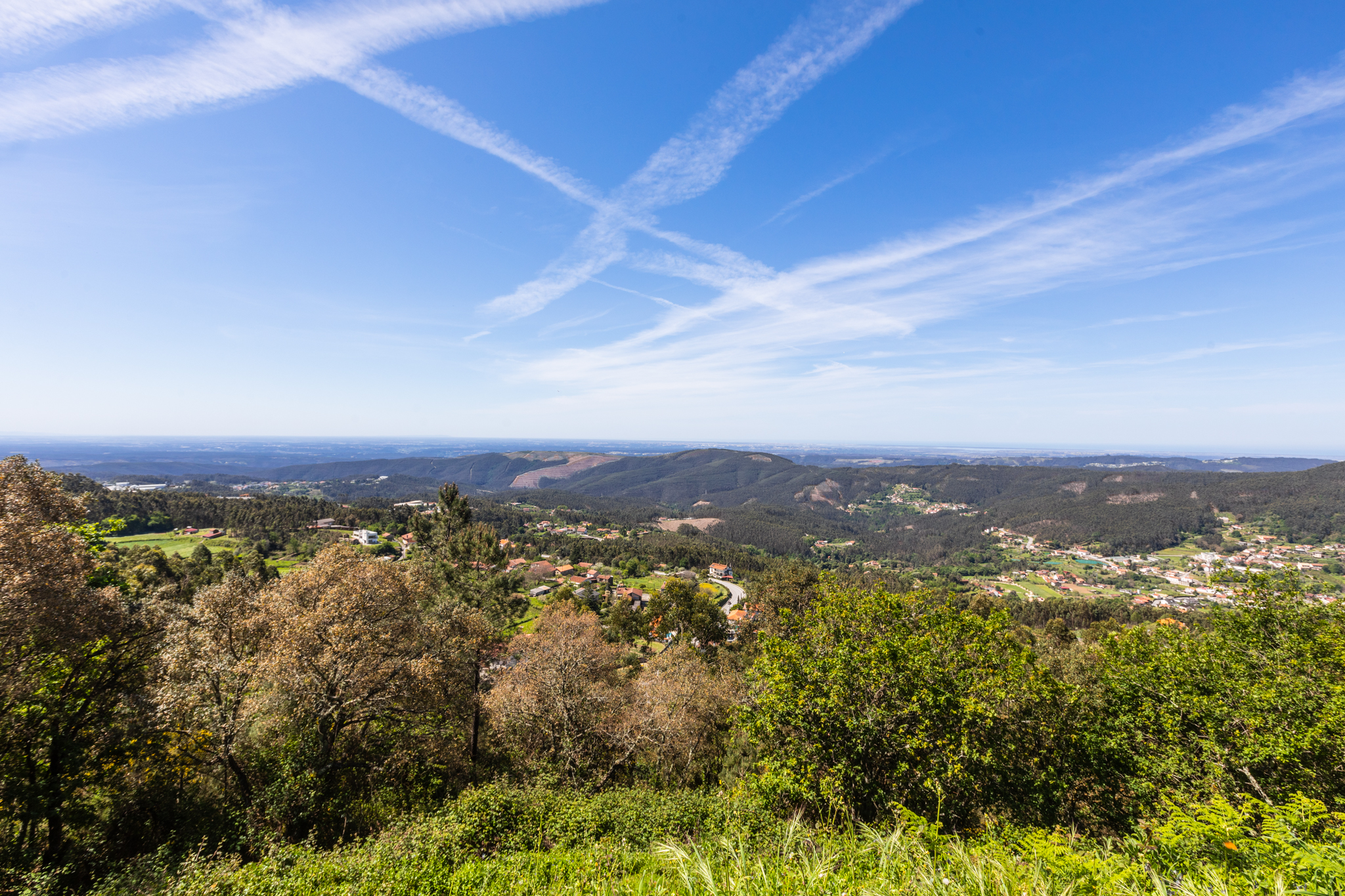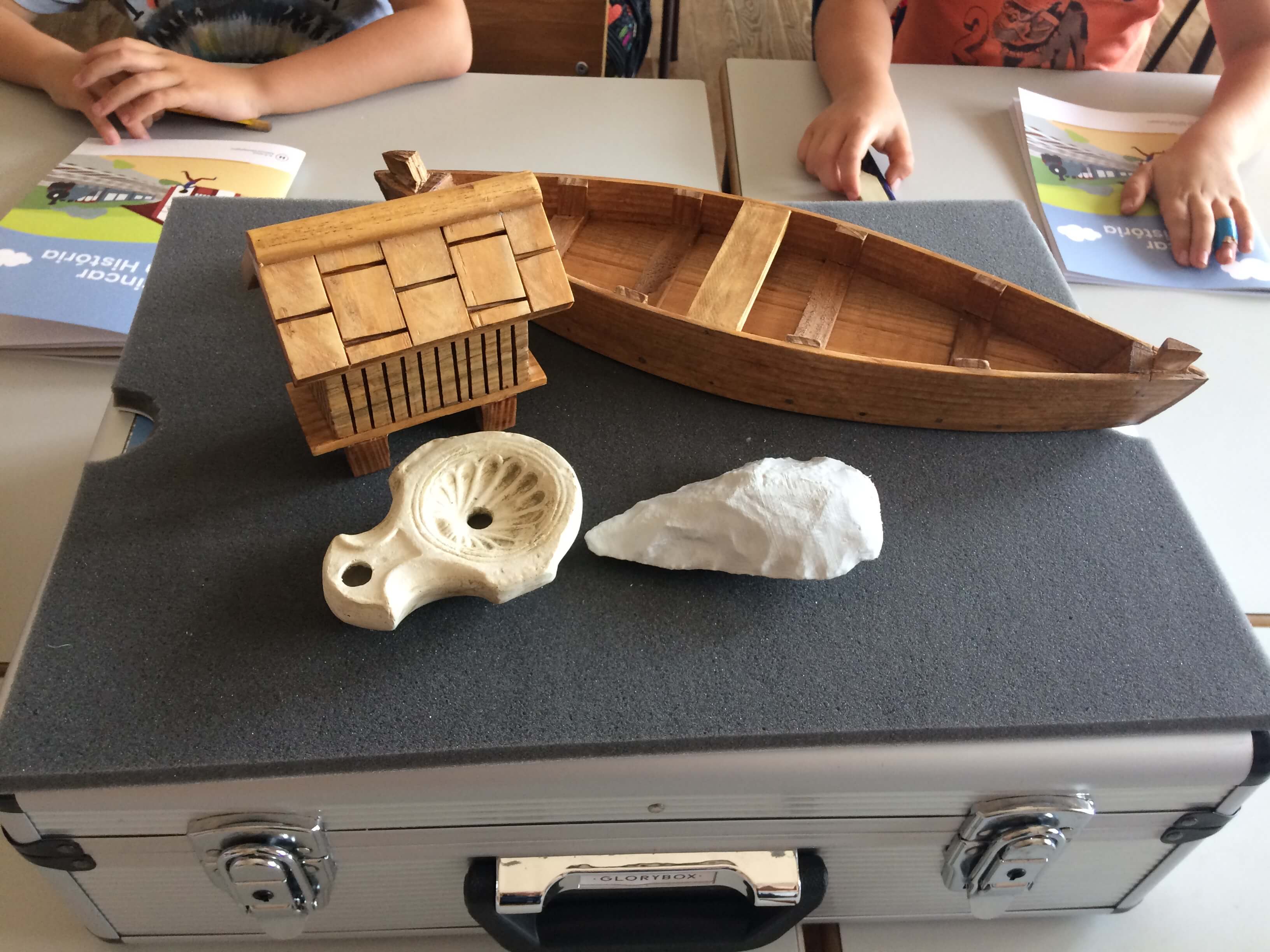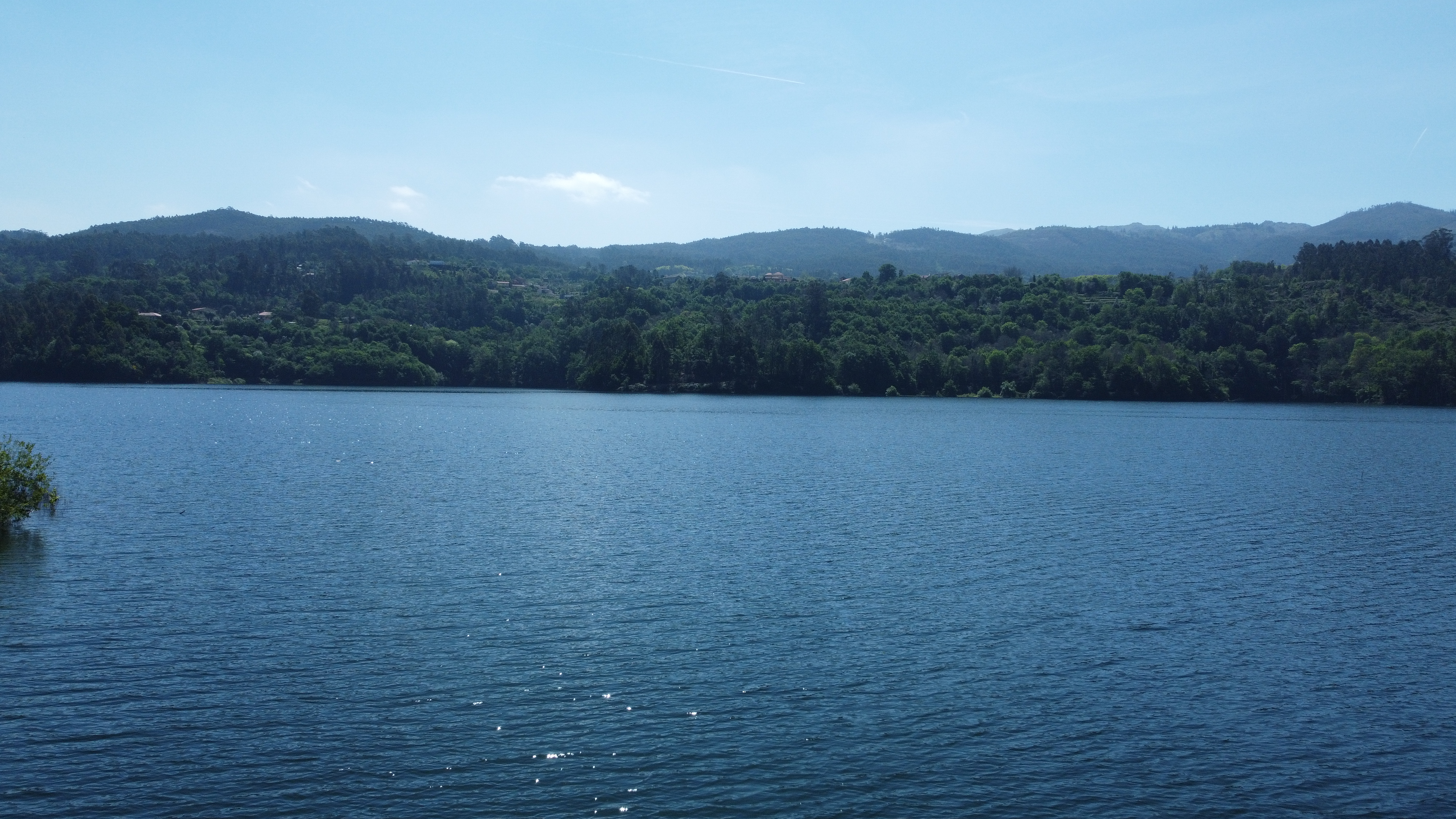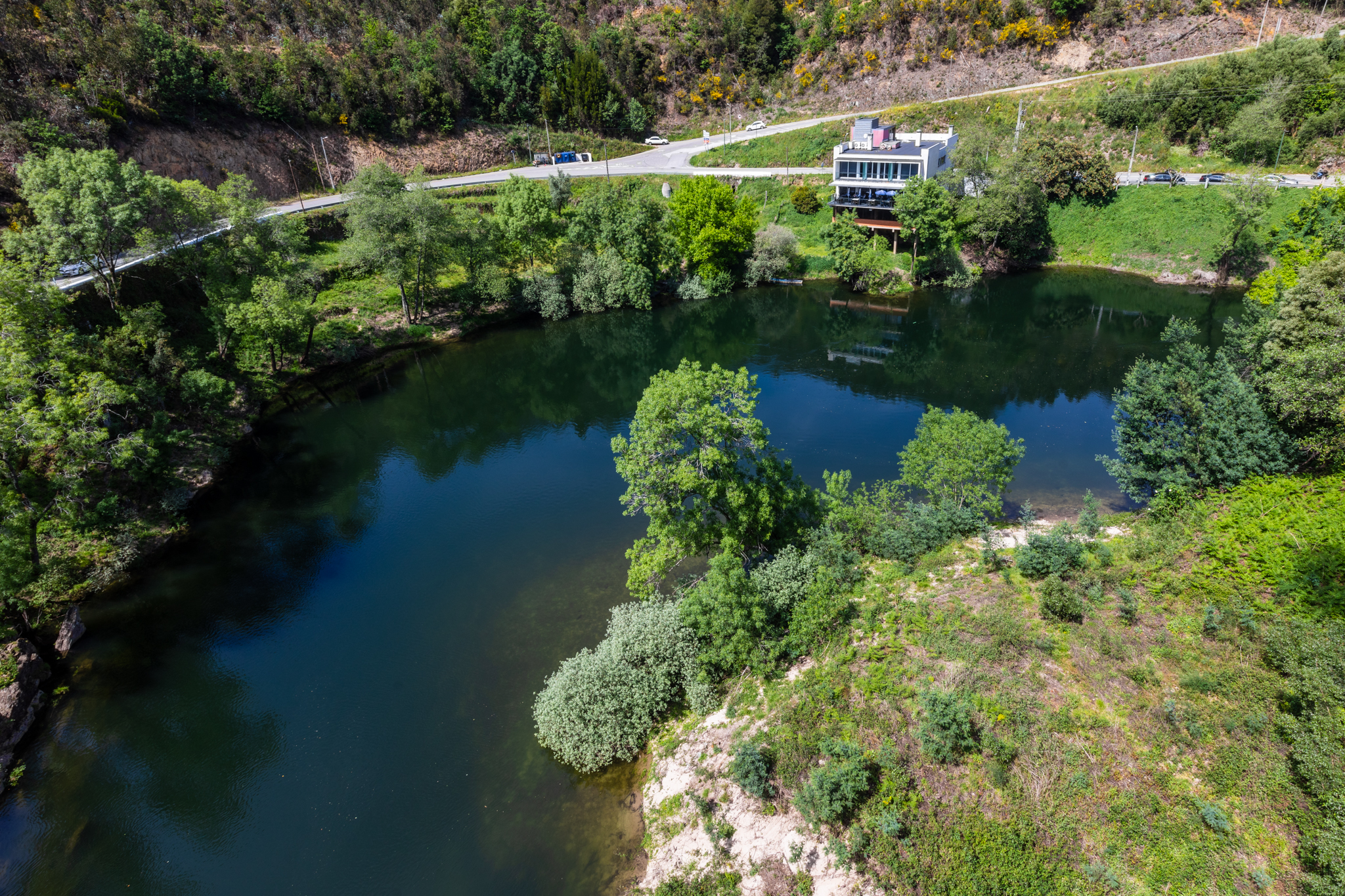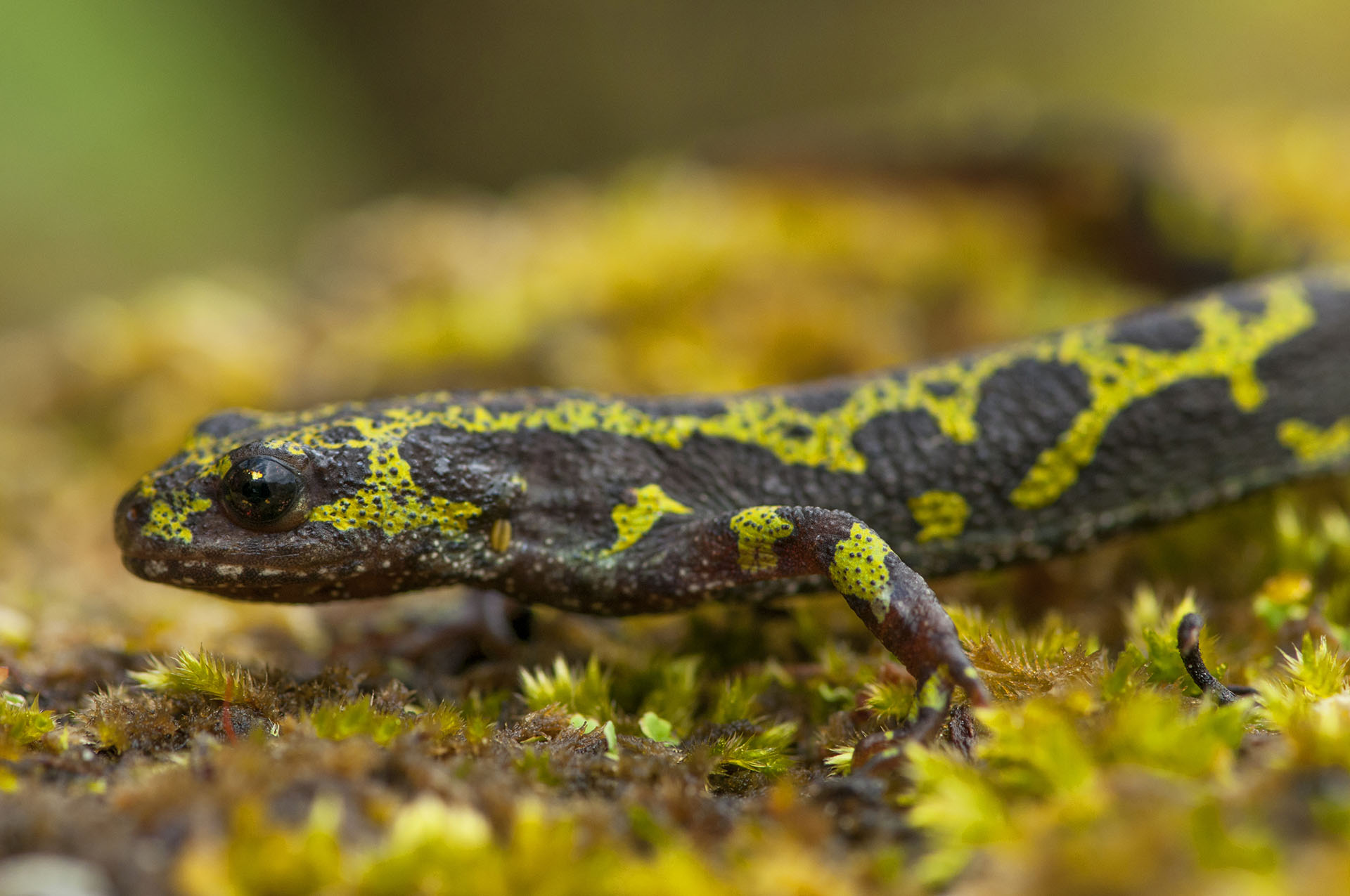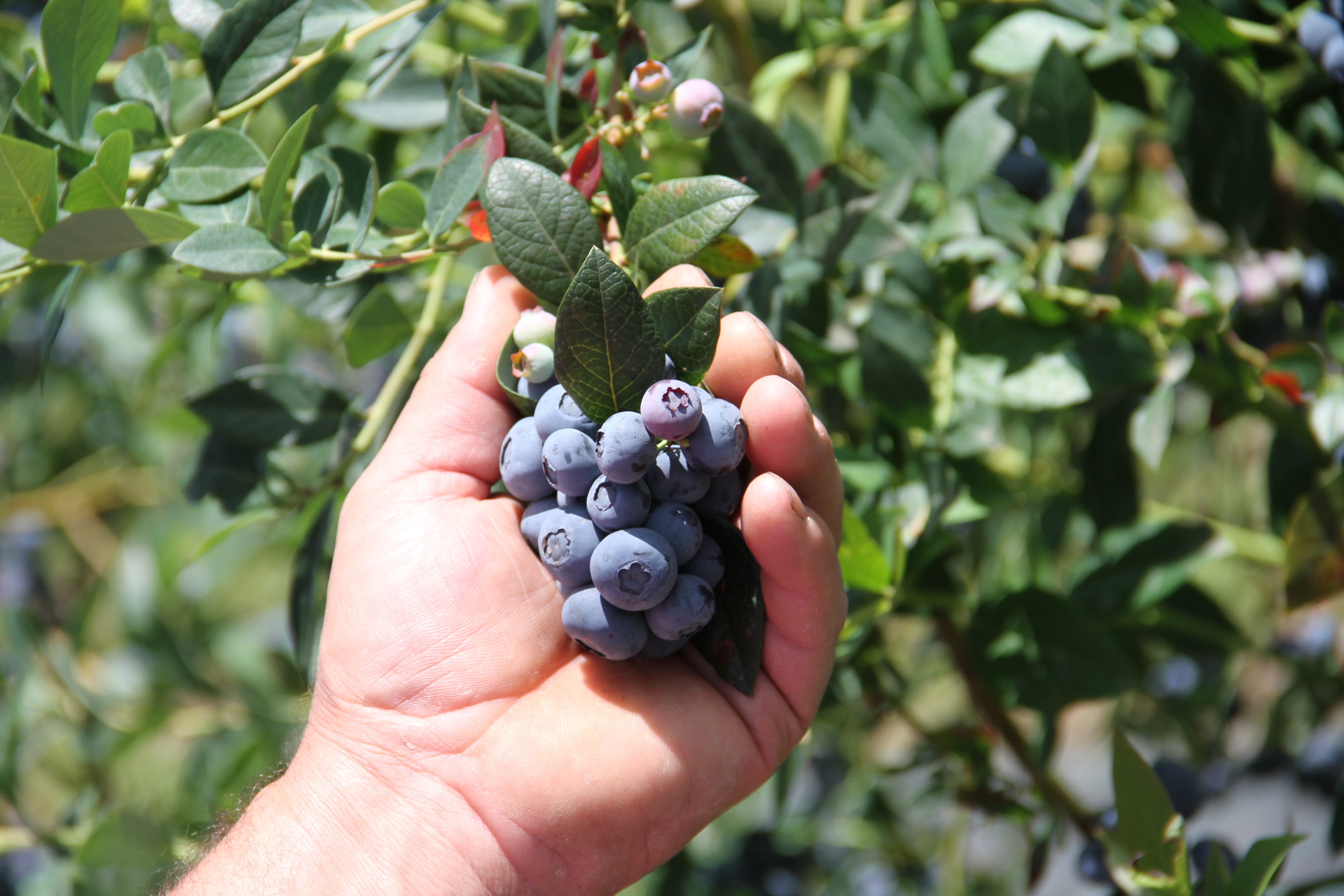Plants are a source of life, they provide essential resources for the survival of the animals that are part of the ecosystem. They are refuge, shade and food.
Plants provide essential resources for the survival of animals that are part of the ecosystem. They are refuge, shade and food. As an example of these species we can identify the oak (Quercus robur), the elm (Ulmus minor) and the chestnut (Castanea sativa). They are majestic trees, which offer magnificent shade in summer.
Smaller plants, shrubs, are the tame laurel (Pyrus chordata), the bloodsucker (Frangula alnus), the myrtle (Myrtus communis), the laurel (Laurus nobilis), the blackthorn (Ruscus aculeatus) and the brambles (Rubus spp. ). The gilbardeira stands out for its legal protection status, being listed in Annex V of the Habitats Directive.
Closer to the river, we have riparian species, which can be found in the transition zones between aquatic and terrestrial environments, such as alder (Alnus glutinosa), black willow (Salix atrocinerea) and common ash (Fraxinus angustifolia).
Some of the smaller species are very beautiful and make you want to cut them and take them home, but they are legally protected, as is the case with holly (Ilex aquifolium).
As for gastronomic flora, in Sever do Vouga we find Gerês hypericum (Hypericum androsaemum) to make delicious infusions, hazelnuts from the hazel tree (Corylus avellana), horseradish (Apium nodiflorum) for salads, also known as parsley, the strawberry tree (Arbutus unedo) whose fruit, the medronho, is used to make liqueur, brandy and jams, or oranges and blueberries, fruits for which the region is famous.
More fragile, non-woody plants are very common, but sometimes they are not given due importance. The wild angelica (Angelica sylvestris), the smooth sedge (Carex laevigata) and the cervine clover (Eupatorium cannabinum) are some examples of this type of plants. Among the herbaceous plants there are also exotic species, such as fortunewort (Tradescantia fluminensis). This is a species endemic to central Portugal.
What a privilege! Its conservation status is Near Threatened, therefore we have to be careful not to threaten its survival, which is why it is listed in Annex V of the Habitats Directive.


